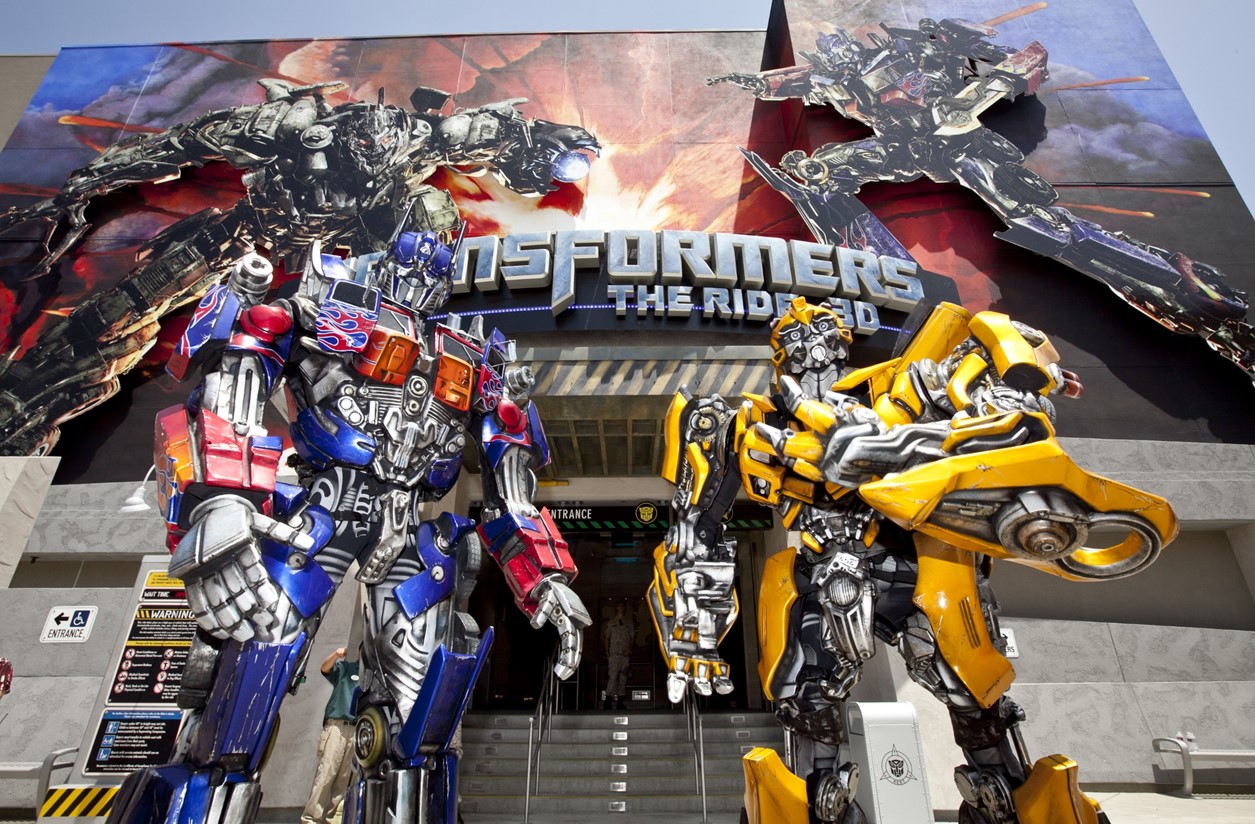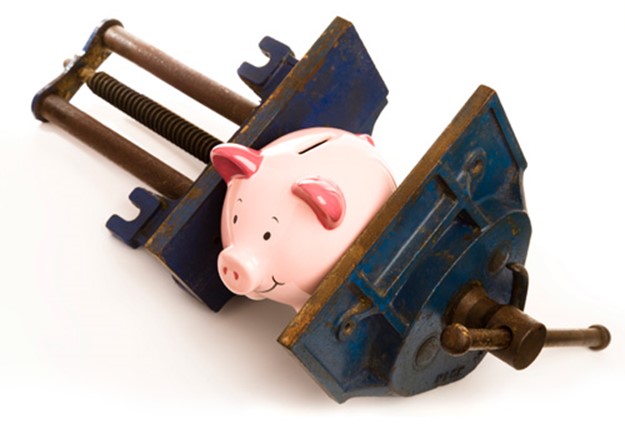The Economics Of AdBlock
September 4, 2013 in Daily Bulletin

Leo Mirani took a look at AdBlock – the software that prevents ads from websites being displayed on browsers:
- AdBlock has initiated a crowdfunding campaign to get the funds to run online ads advertising…itself…
- In general around 25% of people on the internet use AdBlock – and that is growing 43% a year.
- The users of tech-savvy websites are far more likely to use AdBlock (about a third do).
- Only about 5% of the users of travel websites use AdBlock – likely because they either don’t know about, or aren’t comfortable installing, the software.
- Users of Mozilla’s Firefox browser are most likely to use AdBlock – 35% do.
- Websites can lose around $500,000 a year due to the use of AdBlock
Read more about what websites should do, the AdBlock Times Square billboard and more over here.
Source: Quartz

















Join the Discussion! (No Signup Required)